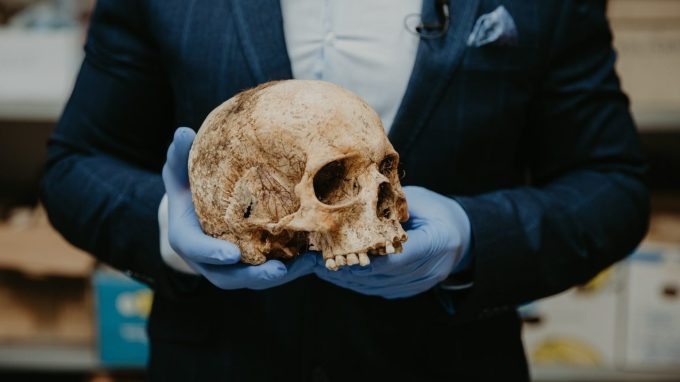
They began to encounter each other around 60,000 years ago across Europe and Asia but within 20,000 years, Neanderthals had died out
The demise of the Neanderthals is often blamed on climate change, disease, or violent clashes with modern humans.
However, an expert at the Natural History Museum (NHM) in London believes it was making love, not war, with Homo sapiens that may have led the rival Neanderthals down an evolutionary cul-de-sac.
The NHM’s Prof Chris Stringer said it was telling that the DNA of Homo sapiens is never found in Neanderthal specimens, despite their DNA being found in modern humans.
Read the rest of this article...





